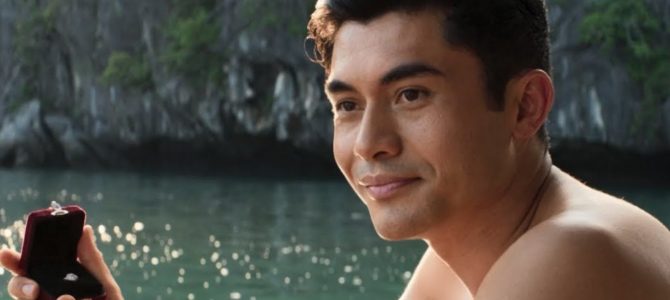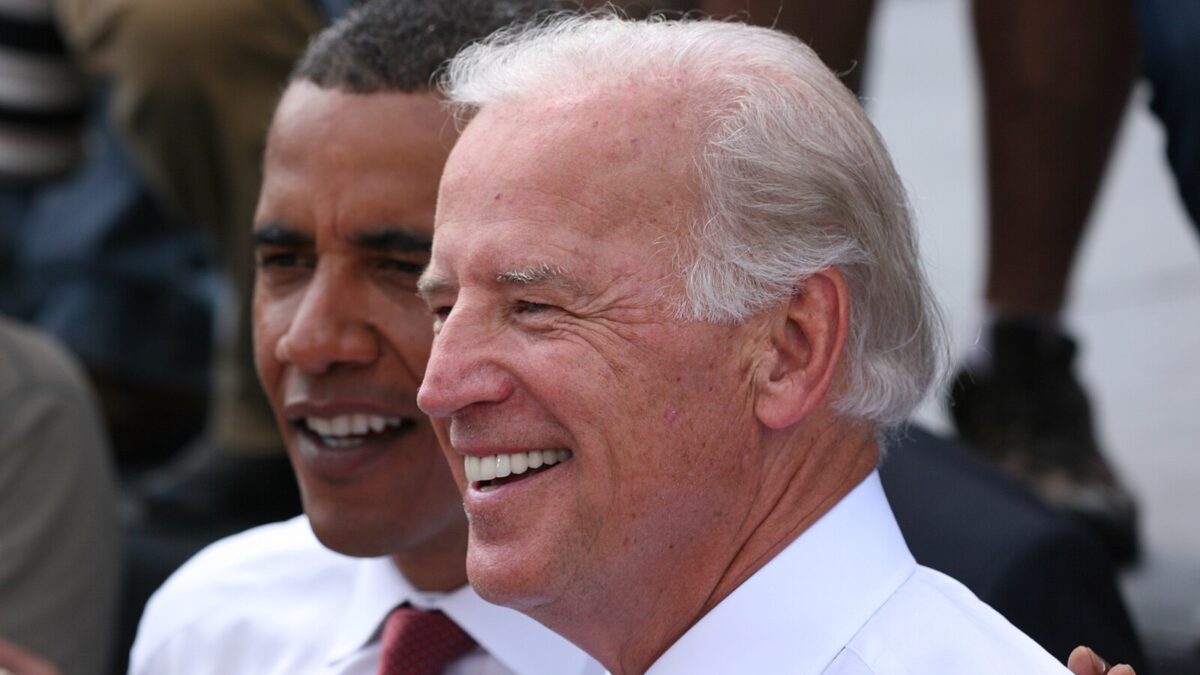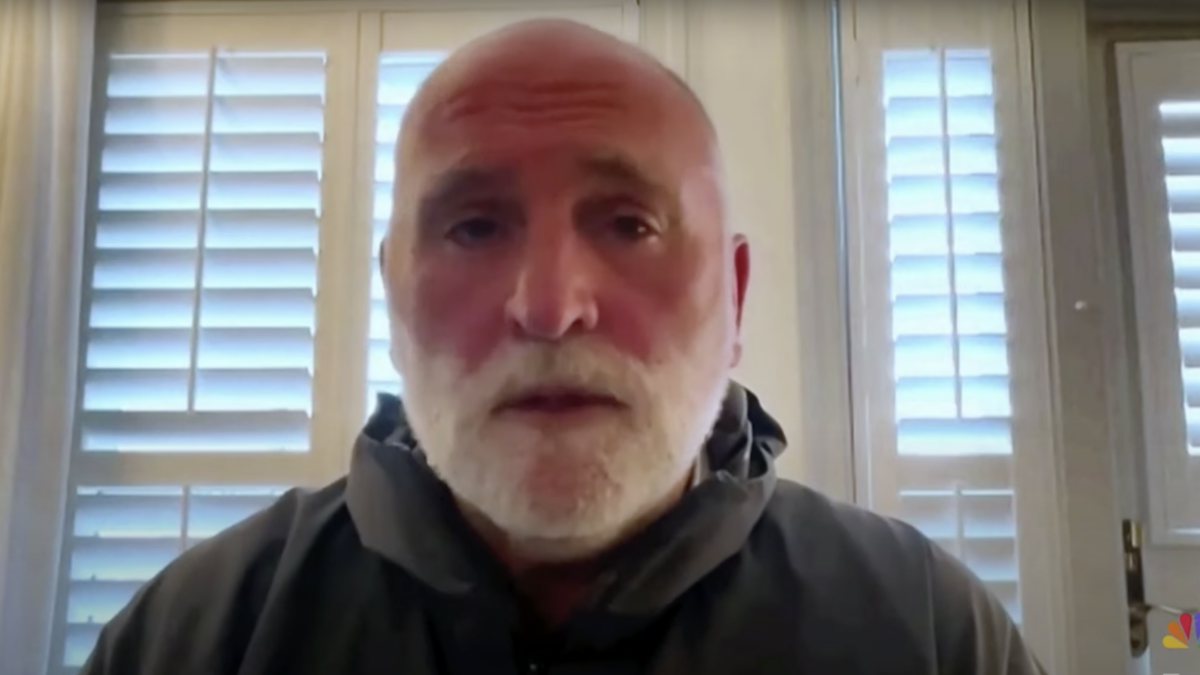
Despite the woke media hype surrounding it, “Crazy Rich Asians” is actually not the first American movie in twenty-five years to feature an Asian cast, nor is it the first movie ever that makes Asians cry, nor does it prove the “Power of Diversity (Again).” In fact, it demonstrates rather the opposite since there are no significant characters in the movie other than, well, Asians — particularly Asians of Chinese and Malay descent. In this way, it’s kind of like a reverse Harvard freshman class. The film establishes no significant milestones whatsoever — other than being a much-needed island of semi-sophisticated entertainment for an adult audience in a sea of adolescent power fantasies and kitsch.
It had good source material to work with. The novel on which the film is based is a delightful tongue-in-cheek comedy of manners set in the modern-day milieu of the transcendently rich Chinese families of Singapore. The book was a breakout phenomenon when it was first published in 2013 and has frequented the bestseller lists since. Author Kevin Kwan followed it up with two sequels.
Kwan, though raised in America, is himself the descendant of an establishment family in Singapore. He studied at Parsons School of Design, and one has to assume that he’s modeled fashion-sage secondary character Oliver T’sien in the book after himself. Oliver (played by a flamboyant Nico Santos in the movie) is a droll gossip, but he’s also an effective capo and fixer when it comes to dealing with familial social disasters.
If there is a moral to the book and the film, it is a testament to the value of property rights in building a family’s wealth and security over generations, and how true love is, often inadvertently, a means to an end. It’s a way to bring much needed new blood into a doddering aristocracy and shore up the family wealth even more securely. I heartily recommend “Crazy Rich Asians” as a life lesson in tending to your 401K and ETF investments, or, if you can’t be bothered, to at least have the good sense to fall in love with and marry a multi-billionaire.
The book is not an indictment of the lifestyle of the rich and famous, but it’s not quite a celebration of it, either. Its characters and milieu are treated with the gentlest of satire. Kwan’s story functions best when it reverses expectations, and what gets skewered are judgmental readers’ stereotypical notions concerning the extremely wealthy. It seems that beneath the layers of bespoke dresses, designer jackets, and dripping jewels worth six figures easy, the ultra-rich are actually a lot like you and me — in that they fall in love, break up, eat a lot, and eventually die. Otherwise, they are nothing like you and me.
Both the book and the movie are structured around a standard “bachelor prince falls for the common girl” story. In this case, the Cinderella is Rachel Chu (ably played by Constance Wu), not quite an ABC (American Born Chinese) but an immigrant to America when she was a toddler. This makes her close enough to ABC for the old school ethnic Chinese snobs of Singapore to hate her and everything she stands for. Worse, while Rachel may be Stanford educated, she’s also the child of mainland peasant stock (although her mother is a well-to-do real estate broker now).
When we first meet Rachel, she’s teaching an economics class at New York University, where she’s a professor. She’s in a relationship with another professor there, a Cambridge-educated Asian fellow with smoldering good looks named Nick Young (played by Henry Golding). She thinks Nick is a struggling, up-and-coming academic like herself. Instead, he turns out to be a scion of wealth slumming it in America for a few years — or possibly hiding out from his overbearing and insanely wealthy family. Everyone assumes he will eventually return home to Singapore to take over his family’s vast enterprises. Nick himself feels this is probably inevitable.
Nick and Rachel take a summer trip to Singapore to meet Nick’s family and for Nick to be the best man at his childhood friend’s wedding. Even after they board the plane to Singapore (where they are whisked into a first-class sleeper suite) Nick makes excuses for the luxury accommodations and does not reveal to Rachel who he “is.” He believes meeting his extended family will do the trick in that regard.
He’s right. In Singapore, Rachel expects to walk into an exotic, but basically middle class, setting. Instead, she’s thrown into the deep end of the lifestyles of the elite families of the Chinese diaspora. They are not just rich, but crazy rich, as in they are people who can afford their own plane and helicopter fleet to take a hundred of their dearest friends to their own resort islands. They might spend $40 million on a wedding, fly in Sir Paul to sing at the reception, and still think it a decidedly shabby affair.
Surrounded by such people, Rachel has stepped into a viper pit. Nick is the most eligible bachelor not just for his good looks and charms, but because marrying together his fortune with that of another super wealthy family would be a case study in how such dynasties leverage their already huge fortunes to even more absurd heights. The question both the movie and book dwell on is, Do Rachel’s critics have a point? Could Rachel ever fit into this cashmere-lined zoo? Why should she even want to? And isn’t cashmere rather déclassé, considering that everybody who’s anybody these days is sporting vicuña?
The satire is in the deluge of stuff. In the book, Kwan supplies lists and lists of brand names and labels. He describes every outfit a character wears down to the finest detail over and over again, and he never fails to chart out the designer pedigree of each and every ensemble. In the movie, the narrator’s place is taken by a combination of cousin Oliver T’sien and Rachel’s old college roommate, Peik Lin Goh, played to scene-stealing perfection by one-name actress, Awkwafina, who speaks in a smart aleck, beyond-absurd American hip-hop-ese jargon. Similar to Oliver, Peik Lin is a walking explosion of celebrity and fashion knowledge.
Like a song you can’t get out of your head, the endless fashion commentary of Oliver, Peik Lin, and others begins to feel positively oppressive after a while. Along with Rachel, you want to make it stop, but you can’t and it doesn’t. The movie lays it on thick, but it can’t compete with the book in this regard, since everything in the film is fake or borrowed. In the book, this world is as garish as the mind can make it. Judging by the book’s colossal sales, the paragraphs and paragraphs of label-dropping must appeal to a great many readers. To the rest of us, they are charged not with excitement and metaphor, but with tedium.
In the society of “Crazy Rich Asians,” consumption is all. People own islands. Hotels are bought to prove a point. Nick’s cousin Astrid (played by the radiant Gemma Chan) spends a million and half on a pair of earrings on a whim. (Their value seems to have appreciated in the past five years, since Astrid spent only $750,000 on them in the book.)
Is this ostentatious display of wealth, well, wrong? The movie rightly refuses to answer the question. Its purpose isn’t to teach a lesson, but to depict the crazy things people get up to, not what they ought to get up to. Consumerism isn’t the enemy in “Crazy Rich Asians.” Bad taste is. Fortunately, Rachel has good taste, and this adds $2 or $3 billion to her worth in the eyes of more discerning family members, such as Oliver and Astrid.
The Edwardian and Gilded Age American novels’ influence on “Crazy Rich Asians” is everywhere. It’s a Jeeves book in overdrive. An Edith Wharton character would be perfectly at home in this 21st century Singapore, as well, and so would Tom Wolfe’s “social x-rays” from “Bonfire of the Vanities.” But at heart, both the book and movie aim lower. They are chicklit and chickflick juggernauts.
That puts it soundly in old school genre territory. HuffPo writer Jessica Prois may claim that the mahjong scene at the movie’s climax is somehow meant just for Asians, because presumably poor non-Asians don’t have a cultural understanding of the game, but, the filmmakers rightly intuit that we don’t need to know a thing about mahjong for the tile-playing scene between Rachel and Nick’s mother, Eleanor (beautifully played by Michelle Yeoh), to work. The point is that Rachel is super smart and is a master of games. Earlier, she’s just as good at Poker, whose rules lie equally unexplained.
“Crazy Rich Asians” is not in the least diverse in terms of new ideas — there are dozens of similar romantic comedies like it. Furthermore, the belief system of the good guys is distinctly conservative, even if unconsciously so. Love leading to marriage is good. Wealth is good so long as it doesn’t hinder love. The milieu is splendidly drawn, and marvelously fascinating. The characters are brought to life by a remarkable ensemble of skilled actors. It’s a fun American movie — and the opposite of woke.









